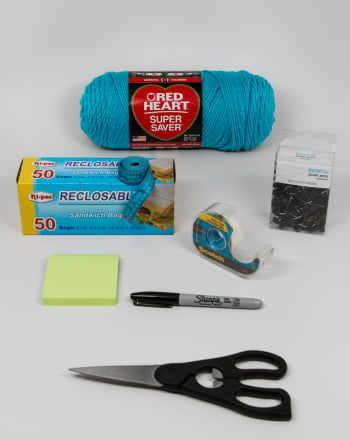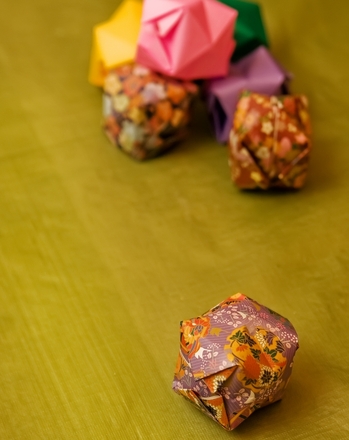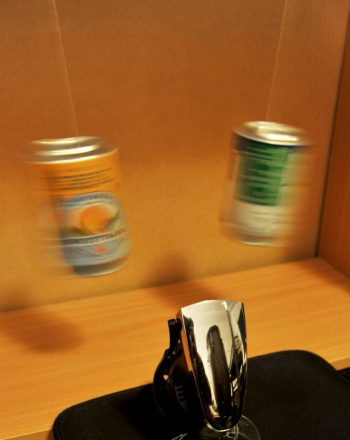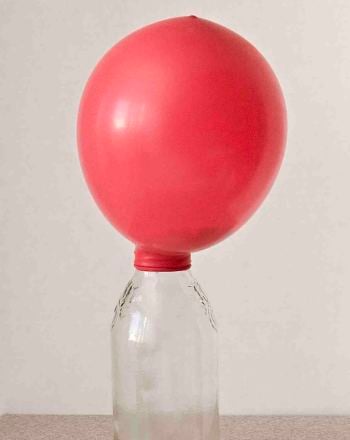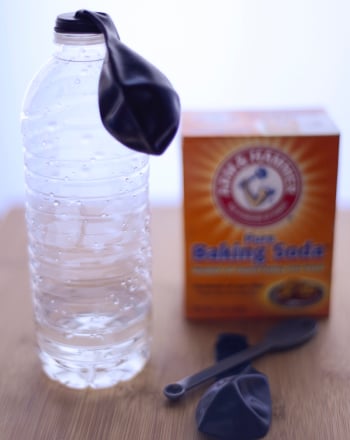Science project
Balloon Rocket Experiment
You need to send a message to home from your tree house, but it’s too windy to send a paper airplane! Fortunately, you have a taut clothesline and a supply of balloons from last week’s birthday party. How can you make a balloon rocket, and how can you make it travel as far as possible?
Problem:
How does the volume of air in a balloon affect the distance it travels?
Materials:
- Rubber Balloons
- Binder clip
- String or Thin Rope
- Straws
- Tape
- Cloth Tape Measure
- Two Posts (At least three feet tall and fifteen feet apart)
- Paper
- Pencil
- Graph paper
- Helper
Procedure:
- Tie the string or rope to one of the posts at the height of at least three feet. Leave the other end loose.
- Cut some straws into lengths that will fit on your balloon. One third of a straw is usually a good length.
- Inflate a balloon and seal the air inside by folding the neck over once and clamping it shut with a binder clip.
- Measure and record your balloon’s circumference by wrapping your tape measure around the balloon’s widest point. You might need your helper to lend a hand:

- Keeping the balloon’s opening shut, tape a straw to your inflated balloon. Make sure the straw and the nozzle of the balloon are parallel to each other.
- Thread the loose end of your string through the straw so that the neck of the balloon is facing towards you.
- Pull your string taut and line it up with your second post. Measure a point off the ground that’s the same height as the knot holding the other end of the string to the first post. Be sure to hold the string at this height whenever you’re conducting a balloon launching trial. Why do you think holding your end of the string at the same height is important?

- Count down to zero, and let the rocket fly! Have your helper use the tape measure to measure and record the point on the string at which the balloon stopped.
- Repeat steps 5-8 with two more balloons inflated to the same circumference as your first balloon.
- Average the distance traveled for all three trials.
- Repeat steps 5-10 with three balloons inflated to a circumference 5cm greater than your first balloons were.
- Keep conducting trials using balloons inflated to progressively bigger circumferences. You can use a table like this as a guide:
| 20cm | 25cm | 30cm | 35cm | 40cm | 45cm | |
| Trial 1 | ||||||
| Trial 2 | ||||||
| Trial 3 | ||||||
| Average |
- Using a sheet of graph paper, plot your trials on a line graph. The x axis should be circumference in centimeters. The y axis should be distance travelled in feet.
- Look at your graph. What is it telling you?
Results:
If you had a large enough difference between your smallest and largest circumferences, you should see the average distance traveled go up very quickly as the balloon’s circumference increases.
Why?
All rockets work by shoving gas out of their nozzles really rapidly. This pushes the rest of the rocket in the other direction, as predicted by Newton’s Third Law: “For every action there is an equal and opposite reaction.” What this means is when you push on something, it pushes back on you just as hard. You might then think “Why don’t I fly all over the place when I push on something or throw a ball?” The main reason you don’t go flying like your ball is because you weigh more than it does. Even if the ball pushes back on you with the same amount of force that you apply to it, you’re a whole lot harder to move!
The bigger balloons move farther because they can push more air. While all of your balloons pushed air out at roughly the same speed, the bigger balloons had more “fuel,” allowing them to exert force for a longer period of time.
It’s not too hard to calculate the amount of air in each of your balloons. This equation will help:

Another cool thing is that the direction of the push matters quite a bit. Try taping your balloon so that its nozzle points to the side a little instead of straight along the straw. What happens? Can you match a bigger balloon and a smaller balloon together so that they don’t go anywhere when you let them loose? Space stations use this principle to turn end over end, spin, or even move sideways. It’s the only way they can change what direction they’re pointing, because they don’t have anything else to push off of.
Education.com provides the Science Fair Project Ideas for informational purposes only. Education.com does not make any guarantee or representation regarding the Science Fair Project Ideas and is not responsible or liable for any loss or damage, directly or indirectly, caused by your use of such information. By accessing the Science Fair Project Ideas, you waive and renounce any claims against Education.com that arise thereof. In addition, your access to Education.com's website and Science Fair Project Ideas is covered by Education.com's Privacy Policy and site Terms of Use, which include limitations on Education.com's liability.
Warning is hereby given that not all Project Ideas are appropriate for all individuals or in all circumstances. Implementation of any Science Project Idea should be undertaken only in appropriate settings and with appropriate parental or other supervision. Reading and following the safety precautions of all materials used in a project is the sole responsibility of each individual. For further information, consult your state's handbook of Science Safety.



